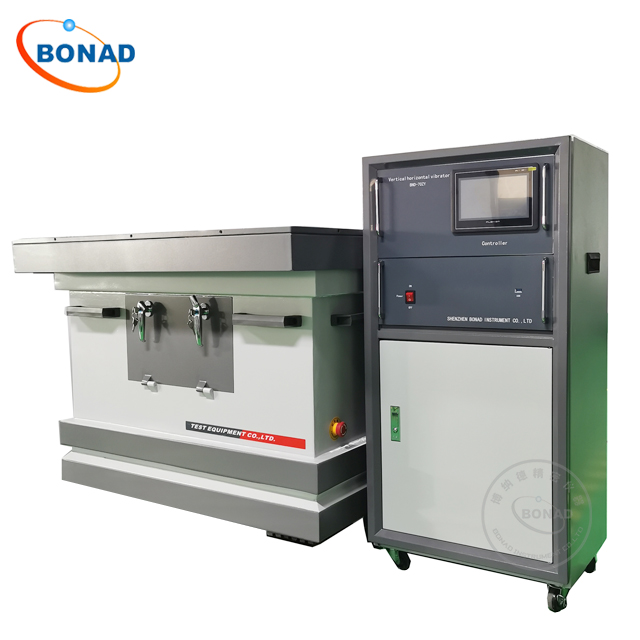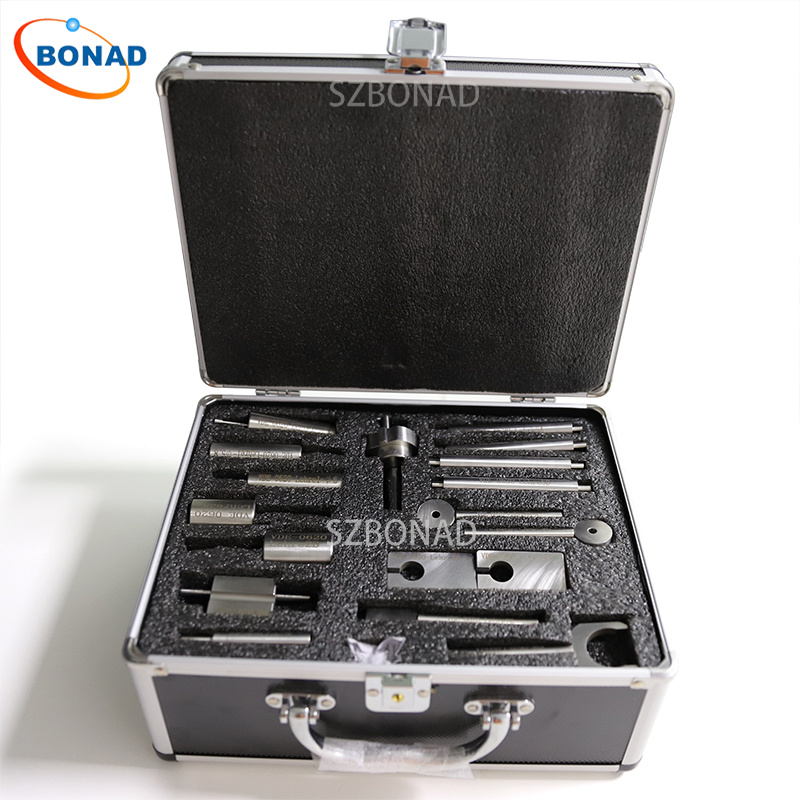The Vertical and Horizontal Electromagnetic Vibration Impact Testing Machine is a cutting-edge testing equipment designed to simulate various vibration environments. With the ability to apply vibrations of different frequencies and amplitudes, this machine is a crucial tool for testing the durability and reliability of objects in demanding vibration conditions. Widely used in industries such as aerospace, aviation, automobile, electronics, and machinery, this testing equipment ensures that products can withstand real-world vibrations and perform optimally.

The Electromagnetic Vibration Shock Tester plays a vital role in evaluating the durability and reliability of objects subjected to vibration stress. This advanced testing equipment generates controlled vibrations that simulate real-world conditions, allowing engineers and manufacturers to identify potential weaknesses and make necessary design enhancements. By subjecting products to various vibration frequencies and amplitudes, the tester replicates the harsh conditions they might experience during transportation, operation, or other field applications.
The Vertical and Horizontal Electromagnetic Vibration Impact Testing Machine offers unparalleled versatility. Its ability to perform both vertical and horizontal vibrations makes it suitable for testing a wide range of products, including components, subsystems, and even complete systems. Whether it is assessing the resistance of aerospace components to vibrations during launch or examining the durability of automotive parts on rough roads, this testing equipment ensures that your products meet the highest standards of performance and reliability.
The machine features a real-time display that provides engineers with instant feedback on the impact being applied to the test object. This enables them to monitor and analyze the object’s response to vibrations, allowing for quick adjustments and improvements. The precise control over vibration parameters, such as frequency and amplitude, ensures accurate and repeatable testing results, supporting efficient product development and quality assurance processes.


